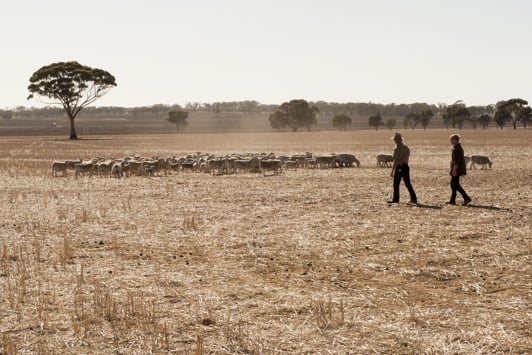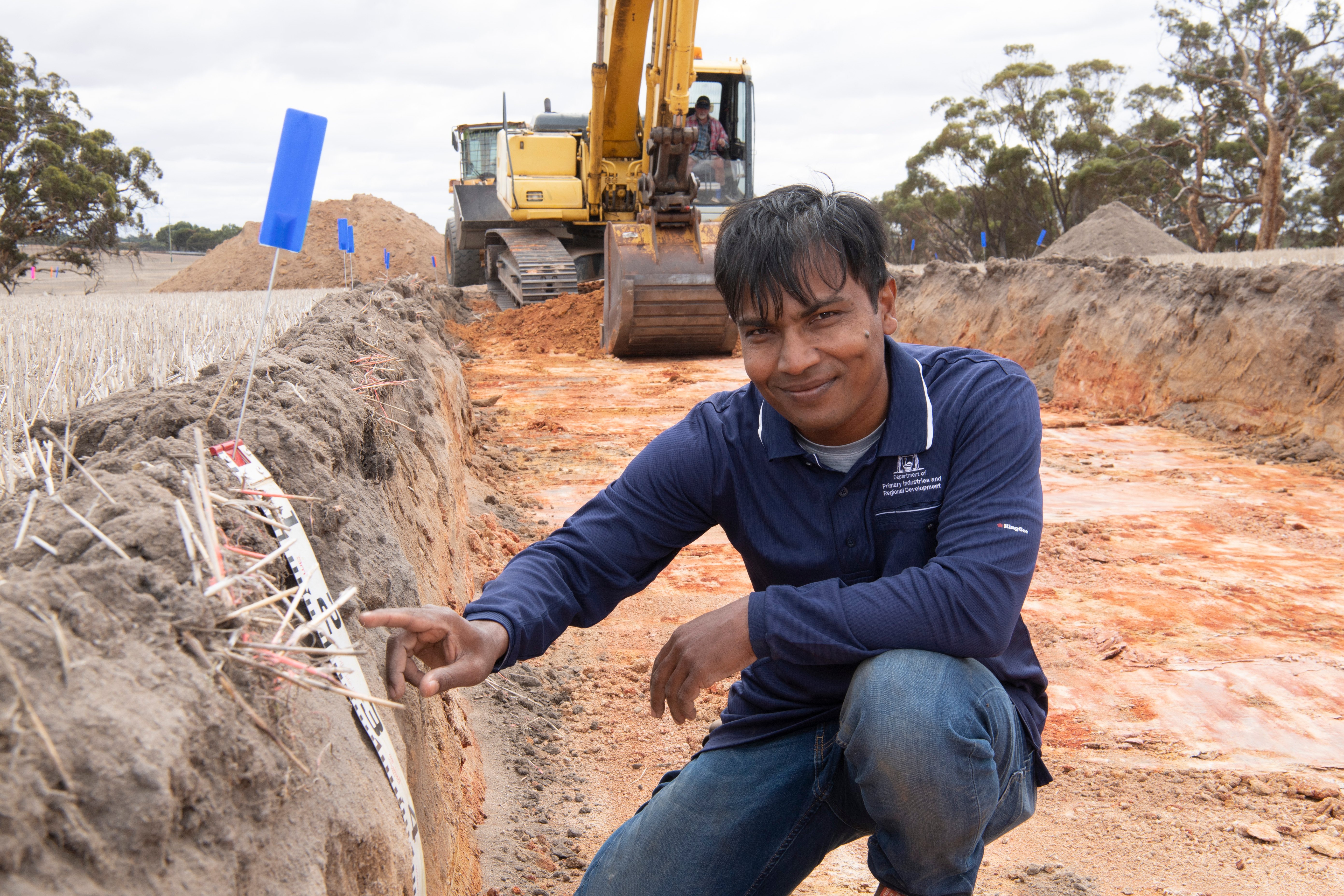Latest updates and advice
- Rainfall received, particularly in the northern agricultural areas, at the start of June has allowed crops to germinate across the wheatbelt.
- The Bureau of Meteorology’s rainfall outlook for July to September 2025 indicates below normal rainfall for western parts of the agricultural area. The pattern of above normal temperatures is expected to continue through winter with forecasts of unusually high daytime temperatures over most of Australia. See the Bureau’s seasonal outlook video for details and check monthly updates to the Seasonal Climate Outlook.
- While some areas have received some dam-filling rainfall, other areas remain drier. Plan ahead to ensure there is enough quality water available for livestock and formulate or enact contingency plans. See Livestock management and Water sections for information to assist decision-making, particularly for dry seasonal conditions.
Funding and support services
Support services are available to assist rural people in stressful situations, these include:
- Regional Men’s Health Initiative
- Rural Aid
- Lifeline
- Beyond Blue
- Rural West financial counselling service.
More information can be found on WA's rural support services directory.
View the rural support services directory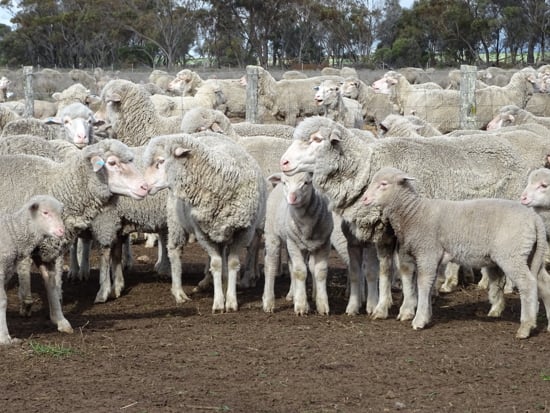
Livestock
- Consider stock water requirements. Plan to ensure there is enough quality water available and start formulating plans for the upcoming summer. Visit the Water for livestock page to learn more.
- Pastures have germinated but Pastures from Space™ shows growth rates have slowed in many areas. Review feed budgets and continue supplementary feeding until sufficient pasture is available to support stock. Factor in multiple plans, including worst-case scenarios such as supplementary feeding for longer if conditions are dry and pasture Feed on Offer (FOO) is low.
- If you have sufficient feed, consider manipulating some paddocks to promote desirable species like legumes and suppress weeds. This includes strategies such as (i) ‘winter cleaning’, which is the removal of annual grasses from legume pastures with grass-selective herbicides and (ii) ‘spray-grazing’, which is the control of broadleaf weeds in subterranean clover pastures with phenoxy-based herbicides followed by heavy grazing. These interventions can help shift the botanical composition of pastures towards a more productive and nutritious base, setting the stage for improved spring growth and livestock performance. More information on MLA's weed control page.
- Forage cereal crops can provide early grazing and allow deferment of regenerating annual pastures. Ensure follow up nitrogen is applied at 5-10 kg/ha for low soil nitrogen paddocks, and that grazing is deferred for 2 weeks after application to reduce the risk of nitrate poisoning and allow for plant growth. Protect crops from pests and wait until plants are well anchored before grazing.
- Keep an eye out for insect pests of regenerating and newly sown legume pastures such as red-legged earth mite and lucerne flea. Severe infestations can reduce feed availability and applications of insecticide may be required. Chemical control options can be found in the Autumn/Winter Insecticide Guide 2025, being mindful of any withholding periods for grazing. See pasture and grazing management for further information.
- Confinement feeding is still an option for late lambers to reduce overall energy demand and allow pastures to establish. Pregnant ewes should be released from confinement at least 2-3 weeks prior to the start of lambing. Read our factsheet to find out more about considerations when setting up confinement feeding areas.
- While the risk is now very low, remain vigilant for signs of kikuyu poisoning in sheep and cattle. Toxicity is more common in stock grazing lush kikuyu dominant pastures and is most likely 2 to 3 weeks after a rainfall event. See StockedUp (May 2025 edition) for management tips and signs of kikuyu poisoning.
- Be aware of the symptoms of Annual Ryegrass Toxicity (ARGT). It’s important that purchased feed is tested for ARGT.
- Contact your local DPIRD field vet to report unusual disease signs, abnormal behaviour or unexpected deaths in your livestock.
- See the latest StockedUp newsletter for a range of seasonal production advice and management tips.
- Monitor sheep condition score in the lead up to lambing and during lactation. Ewes should be in condition score 3 at lambing to ensure good lamb survival and reduce ewe mortality. Ewes in poor condition at lambing (especially twin bearers) have a higher risk of pregnancy toxaemia. For further information on pregnancy toxaemia, see the StockedUp newsletter (May 2025 edition).
- Where widespread rain, wind and cold temperatures are forecast, ensure lambing ewes have priority access to sheltered paddocks to reduce the risk of lamb mortality due to exposure. Twin lambs are especially at risk due to their low birthweight.
- While some areas have established pastures with enough feed for grazing, many areas still have less than 500kg DM/ha. Be mindful that this will not provide the nutritional requirements for pregnant ewes and supplementation is still necessary until FOO reaches 800 kg DM/ha. The requirement of lactating ewes is higher, so supplementary feeding is required until FOO reaches 1500-2000 kg DM/ha. See our calculator to work out feeding rates.
- Warm temperatures, rainfall and low wind has seen flystrike occurring in some areas. Monitor the flock and treat if necessary.
- Ensure vaccinations such as pulpy kidney are up to date, as stock coming from dry or sprayed stubble paddocks may develop pulpy kidney when placed onto lush, green pastures.
- Ensure that lambs are marked with a 5-in-1 or 6-in-1 vaccination including clostridial diseases. Dock tails at the third palpable joint and use the pain relief options available. For more information see our guide on best practice lamb marking.
- Conduct faecal worm egg counts and drench with an effective drench if necessary.
View the dry season management information and resources to assist you this season.
- Supplementary feeding is important to maintain adequate condition score of beef cattle (both rangelands and southern cattle) held on farm.
- Monitor Feed On Offer (FOO). If inadequate FOO, confined feeding may be an option.
- Cows with calves at foot are at peak feed demand during lactation. Young cows in particular require more feed as they have not reached mature weight. Assess feed requirements to determine whether pastures are adequate.
- Pastoralists can refer to resources to support them in a dry year, including decisions to hold or sell breeding cattle.
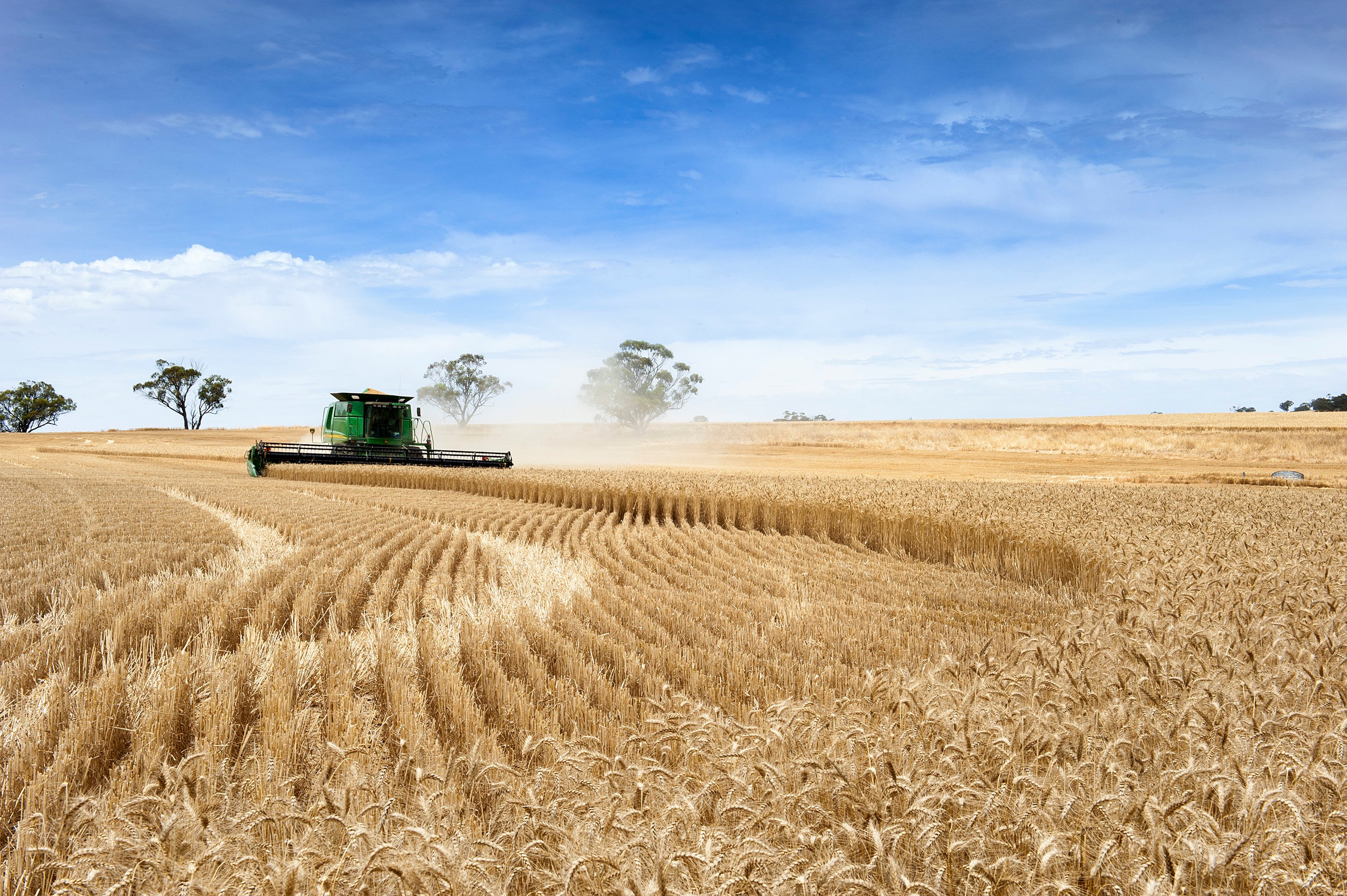
Crops
- Refer to the 2025 WA Crop Sowing Guide for some management tips on major crops.
- Refer to the Rainfall to date tool to assist with seasonal decision-making. The tool produces graphs using daily rainfall data from weather stations across the state and displays how the season is tracking compared to historical date displayed in deciles. Growers should also consider additional factors such as stored soil moisture, soil water-holding capacity, stored nitrogen, rainfall timing and intensity for in-season decisions.
- For information to identify and manage your crop pests and diseases throughout the season refer to PestFacts WA.
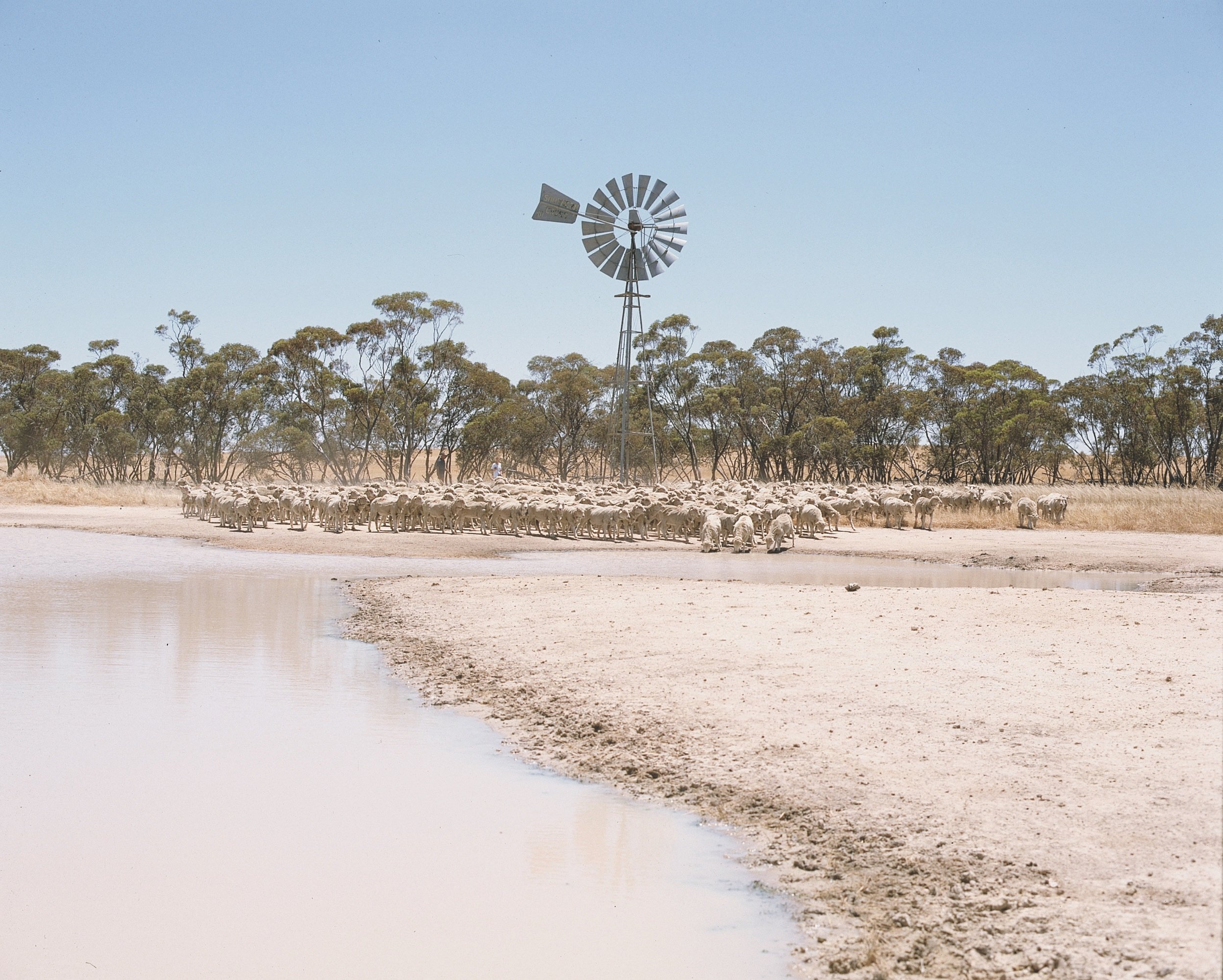
Water
In areas where farm water supplies are inadequate, it is important to:
- Assess available water supplies and quality and bulk up water into as few remaining larger and deeper dams as possible.
- Calculate a water budget for livestock – before problems develop.
- Test all dams and bores being used for livestock and spraying as water quality (salinity) may not be suitable as levels drop.
- Groundwater desalination on farms: Please remember that you must submit a notice of intent to drain or pump water – desalination (NOI), together with the neighbour comments, to the Commissioner of Soil and Land Conservation at least 90 days before intended discharge.
- Plan now for maintenance of dams and roaded catchments.
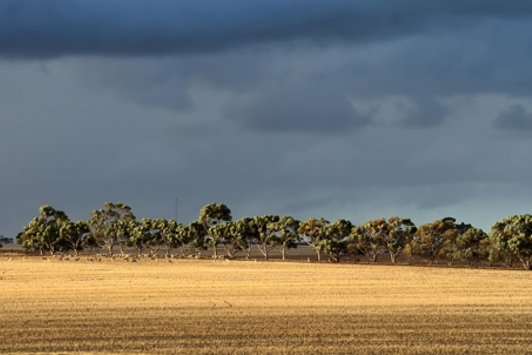
Climate outlook
Rainfall outlook for July 2025 from the Bureau of Meteorology, updated 19 June, shows below normal rain chances for most of the agricultural area. The seasonal rainfall outlook for June to August 2025 indicates below normal rainfall is likely for western parts of the agricultural area. See the Bureau’s seasonal outlook video for more details.
Many international climate models have a neutral to above normal rainfall outlook for the South West Land Division for this period, from their June runs. A neutral outlook means extreme wet or dry events are less likely, and a wide range of rainfall amounts remains possible.
The pattern of above normal temperatures continues through winter, with chances of unusually high daytime temperatures being elevated over most of Australia.
Check monthly updates in DPIRD's Seasonal Climate OutlookClimate resources
- DPIRD weather stations map
- Rainfall to date tool
- BoM weekly rainfall for the south-west forecast districts
- BoM weekly rainfall for the northern & eastern forecast districts
- Bureau of Meteorology: Water and land
- Climate data online (BoM daily rainfall and other local climate records)
- Australian CliMate app
- Animated global weather conditions affecting WA
Contact us
-
Christine Zaicou-KuneschFarming Systems ManagerGascoyne & Mid West
Related information
- SWWA Drought Hub's Dry season resources
- Water Corporation: Great Southern water supply
- Water Corporation: South West water supply
- Managing farm water supplies - Agriculture Victoria
- DPIRD Grains Convo podcast list
- DWER Rural water planning
- 2025 Season - Grain Industry Association of Western Australia

